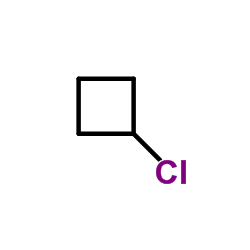| Structure | Name/CAS No. | Articles |
|---|---|---|
 |
Chlorocyclobutane
CAS:1120-57-6 |
| Structure | Name/CAS No. | Articles |
|---|---|---|
 |
Chlorocyclobutane
CAS:1120-57-6 |